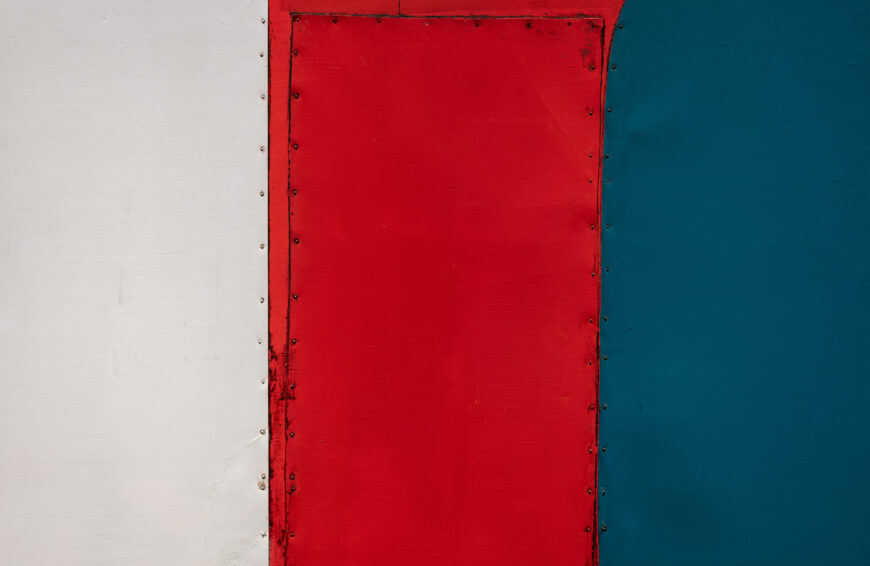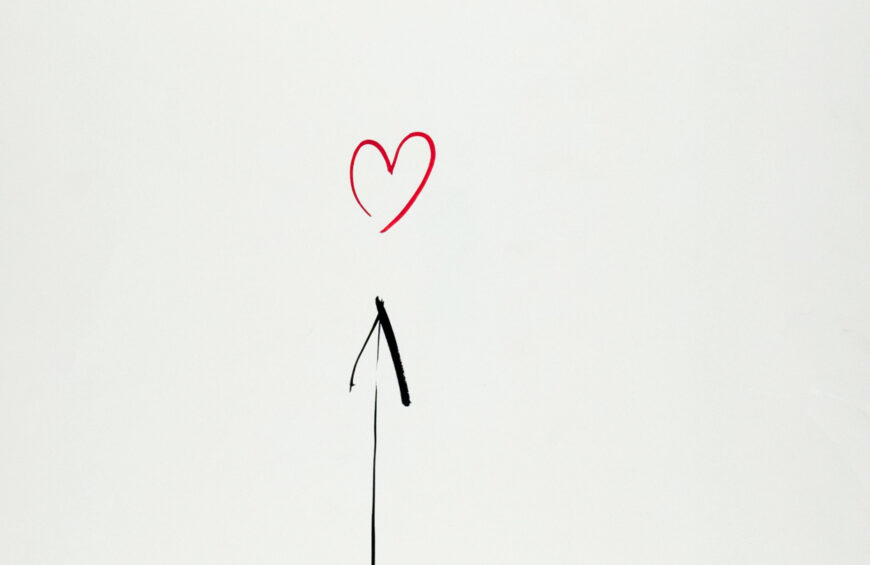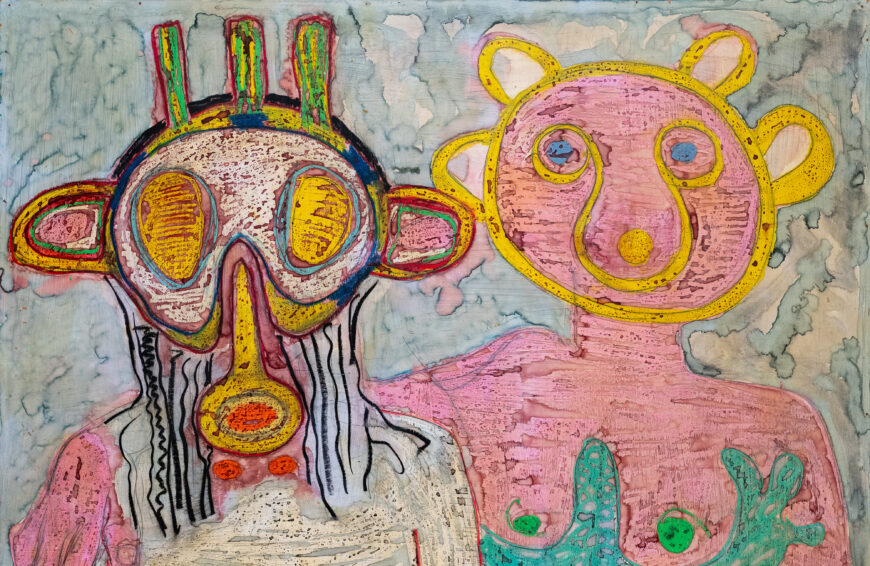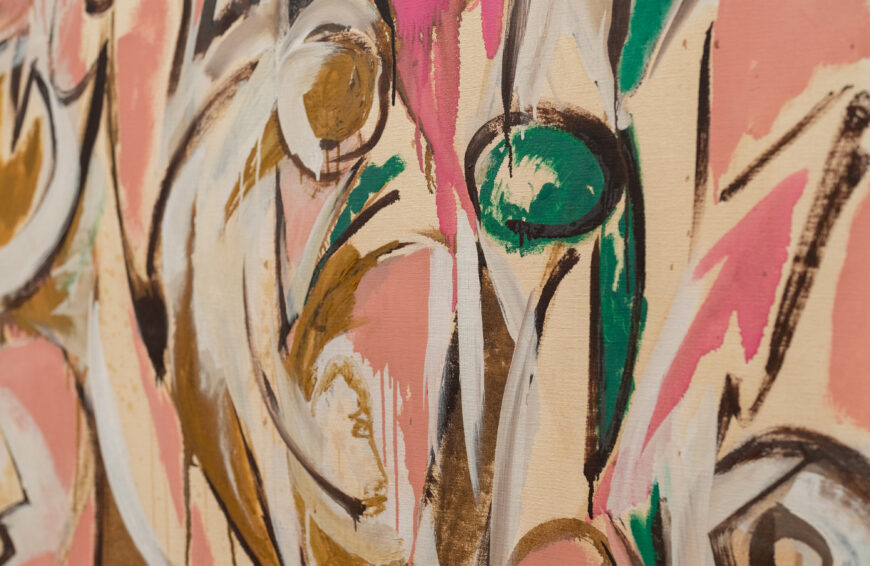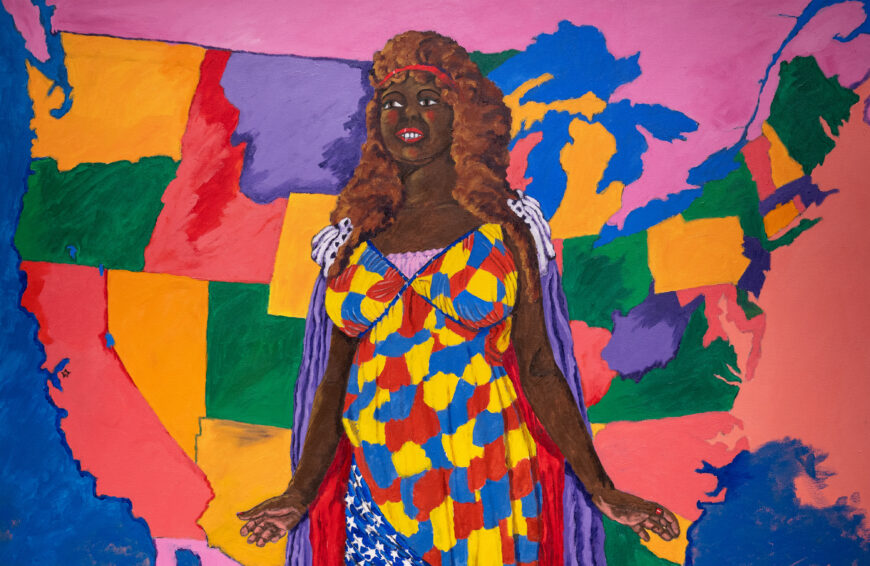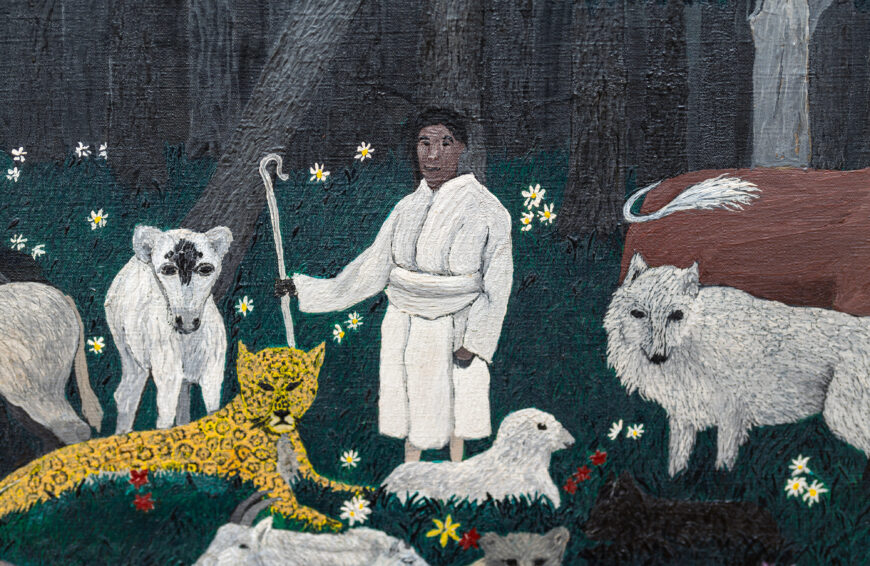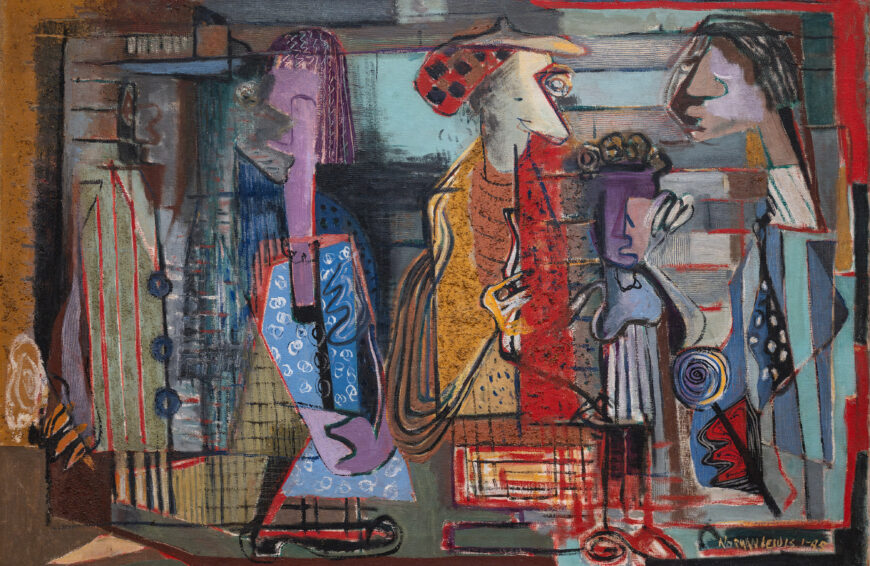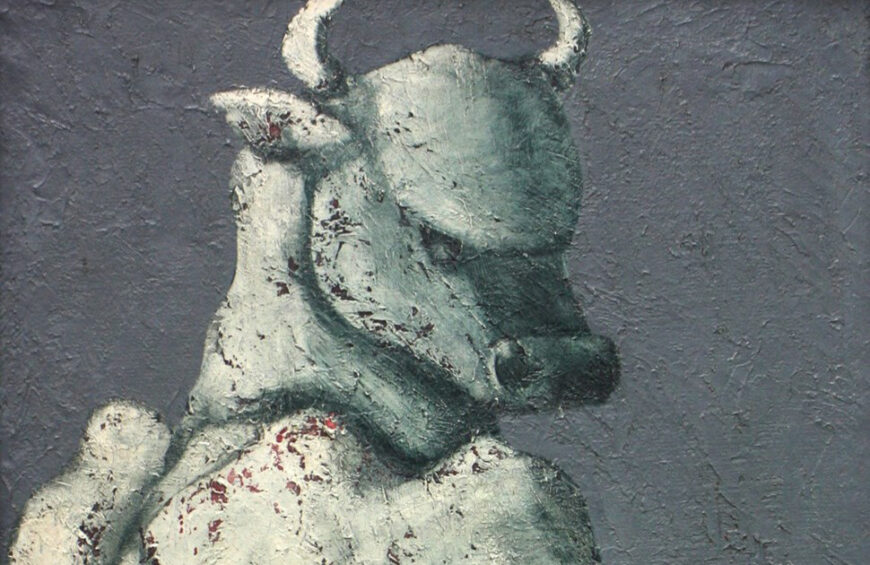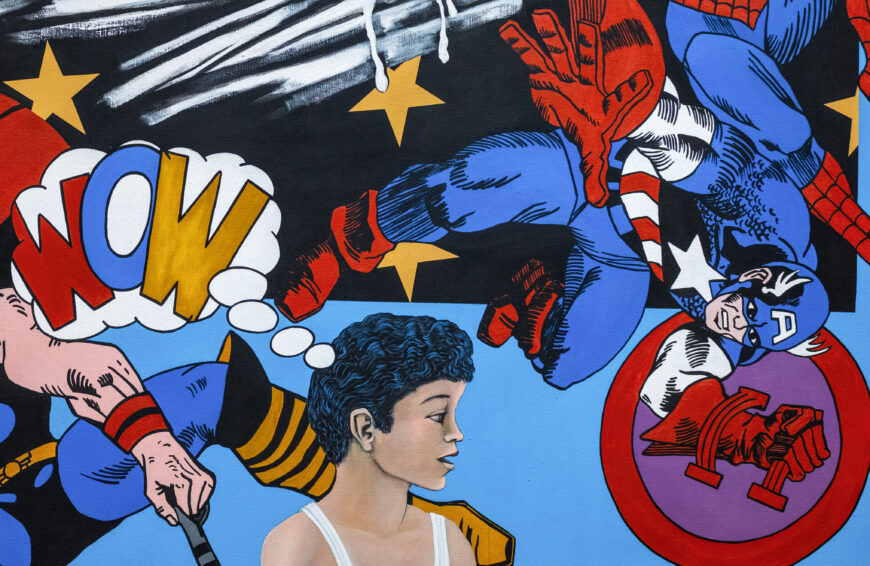Diego Rivera, Calla Lilly Vendor (Vendedora de Alcatraces), 1942, oil on masonite, (Banco Nacional de Mexico, Mexico City)
[0:00] [music]
Dr. Steven Zucker: [0:08] We’re looking at [a] painting in the collection of the National Bank of Mexico. This is Diego Rivera’s “Flower Seller.” This is a representation of an Indigenous woman with a huge bundle of calla lilies.
Dr. Beth Harris: [0:22] That bundle of calla lilies is way bigger than she is, especially because she’s kneeling, but her body is completely enclosed within these fabulously beautiful sculptural flowers.
Dr. Zucker: [0:29] Calla lilies are these beautiful abstract forms on their own, but Diego Rivera was exploring their expressive qualities. Here, he’s handling the color and the light in a way that makes this canvas glow.
Dr. Harris: [0:41] The colors are fabulous. The greens of the stems of the calla lilies, the ivory color of the lilies, their white stamens. Then the blue of the clothing worn by the Indigenous woman, her brown braids, color of her skin. It’s very clear that Rivera’s here, at once celebrating Indigenous culture but also pointing to the poverty of Indigenous peoples.
Dr. Steven Zucker: [1:07] Here is the crux of the painting, or its tension or its problem: finding a beauty and a solemnity in that poverty, in that want, in that suffering.
Dr. Harris: [1:22] Look at how those lilies fill the entire space of the panel — this is oil on masonite — up to the very corners, where we just see some beautiful bluish teal color, down the stems toward the bottoms. It’s interesting, the figure is somewhat symmetrical. Her feet point inward, her arms come out to embrace that bunch of lilies, but something very mournful and melancholy.
Dr. Zucker: [1:45] It’s almost as if, in your imagination, if you remove the flowers, she would almost be in a position of prayer. And so, there is something very solemn and very quiet.
Dr. Harris: [1:59] If we were to imagine the rest of her day, it would be one of hardship. She would be wandering a city or a town selling these lilies. This is very hard work.
Dr. Zucker: [2:11] Diego Rivera speaks of looking to the everyday life of the Mexicans, the everyday life in the marketplace, for example, for inspiration for his paintings.
Dr. Harris: [2:15] Rivera recalled, “My homecoming…” — that is, his return from Europe after studying and painting there —
[2:21] He wrote, “My homecoming aroused an aesthetic rejoicing in me, which is impossible to describe. Everywhere, I saw a potential masterpiece, in the crowds, the markets, the festivals, the marching battalions, the workers in the workshops, the fields, in every shining face, every radiant child.” So not looking at historic subject matter, not looking at mythology, not looking at religious painting, but finding inspiration in the everyday life of Mexico.
[0:00] [music]


